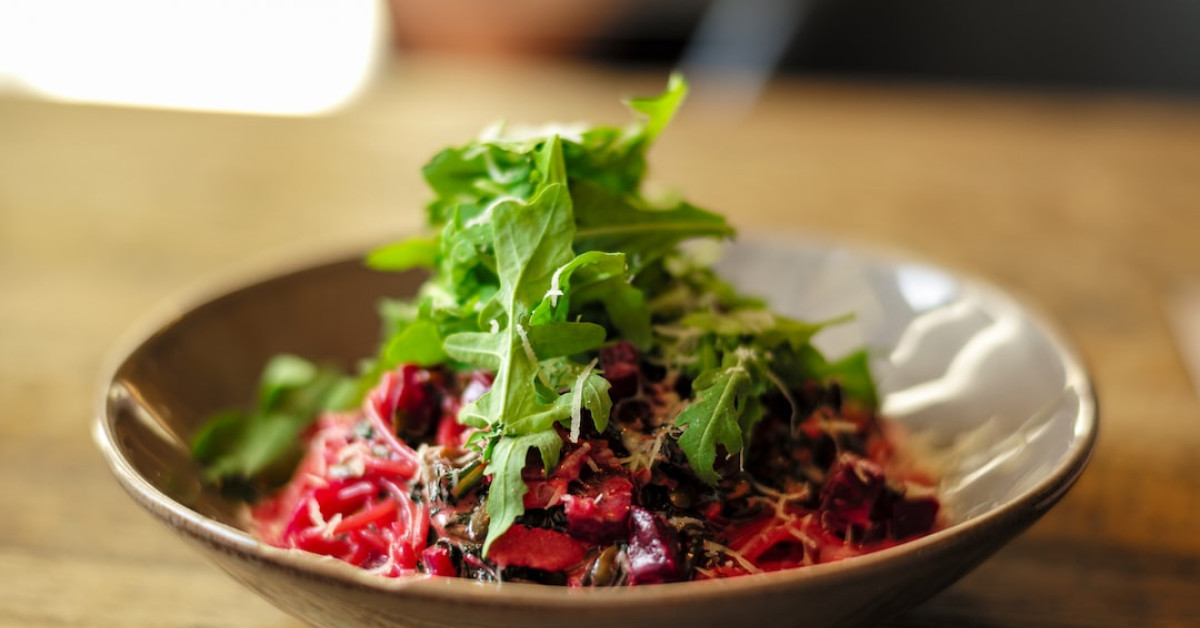Arugula, with its peppery and slightly bitter taste, has become a staple in salads and various culinary creations. But what happens when you find yourself fresh out of this leafy green or you’re simply looking for a change in flavor? Fear not, as the world of vegetables offers a bounty of substitutes that can provide similar characteristics or introduce delightful new twists to your dishes.
Whether you are crafting a vibrant salad, a robust pasta dish, or a picturesque garnish, each suggested arugula substitute comes with its own unique qualities. Exploring these alternatives not only broadens your culinary horizon but also ensures that your meals remain enticing and full of nutrients. Embrace the culinary adventure and let’s dive into discovering the top five substitutes for arugula in your salads and recipes.
The Spectrum of Substitutes: Unveiling the Top Five
Finding the perfect substitute for arugula hinges on understanding the flavor profile and texture you aim to replicate or enhance. Each of the follwing alternatives brings something distinct to the table—from tender leaves with milder zest to robust greens with a punch of flavor to match arugula’s boldness.
1. Baby Spinach: A Milder, Tender Alternative
Baby spinach stands as a popular and versatile green, perfect for when you crave a less intense flavor in your dishes. Its smooth and tender leaves make it an excellent addition to both cold and cooked recipes, ensuring you can seamlessly substitute it into your desired meal.
- Taste profile: Mild and ever-so-slightly sweet.
- Nutritional benefits: Packed with vitamins A, C, and K, as well as iron and magnesium.
- Best used in: Salads, sandwiches, wraps, and even as a cooked green in pastas and stir-fries.
Cooking with Baby Spinach
Unlock the potential of baby spinach by using it in a variety of applications. Remember, its softer texture wilts more quickly under heat than arugula, so if you’re cooking it, add it at the end to maintain its delicate structure.
2. Watercress: The Zesty Cousin
Watercress may be the closest in flavor intensity to arugula, marked by its peppery bite which is ideal for those who wish to maintain a similar spiciness in their dishes.
- Taste profile: Peppery, tangy, and crisp.
- Nutritional benefits: A powerhouse of antioxidants and vitamin K.
- Best used in: Fresh salads, as a garnish, or lightly steamed.
Working with Watercress
Harness the vibrant taste of watercress in raw applications to keep its peppery taste prominent. This green is more water-content rich, hence when used in cooked recipes, a shorter cooking time is preferable to avoid sogginess.
3. Mustard Greens: A Bold Flavor Infusion
For those who favor an even bolder taste, mustard greens are an ideal pick as a stand-out arugula substitute. These pungent and spicy leaves will definitely add a noticeable punch to any dish.
- Taste profile: Pungent, peppery, and somewhat spicy.
- Nutritional benefits: Contains fiber, vitamins A, C, and K, calcium, and antioxidants.
- Best used in: Sauteed dishes, hearty salads, and blended into pestos or sauces.
Tips for Taming Mustard Greens
Mustard greens can be a bit intense for some palates. To mitigate their sharpness, you can blanch them briefly before adding to salads or use them combined with milder greens.
4. Endive: The Crispy Contender
Endive, with its crunchy texture and slight bitterness, is a fantastic substitute, especially for those looking for a crisp, refreshing bite in their salads without overbearing peppery notes.
- Taste profile: Mildly bitter with a nutty undertone.
- Nutritional benefits: Rich in fiber, vitamins A and K, folate, and potassium.
- Best used in: Raw in salads, as an hors d’oeuvre vehicle, or grilled for a warm dish.
Enjoying Endive at its Best
Its firm leaves make endive an ideal candidate for grilling or pairing with robust flavors such as blue cheese or nuts. Utilize its boat-shaped leaves for creative appetizers filled with dips or small bites.
5. Frisée: A Curly, Chic Choice
If texture is as important to you as flavor, frisée is your go-to green. Its frilly edges and slightly bitter taste provide a unique addition to any dish that calls for arugula.
- Taste profile: Subtly bitter with a mild peppery back note.
- Nutritional benefits: Includes vitamins A and C, calcium, and iron.
- Best used in: Sophisticated salads, garnishes, or lightly wilted in warm dishes.
Frisée’s Flair in the Kitchen
To showcase frisée’s chic appearance, use it raw in salads that feature a balanced dressing to complement its mild bitterness. When cooking, treat it gently to maintain its beautiful texture.
Beyond the Greens: Flavor Pairings and Dressings
When substituting arugula with one of these viable alternatives, consider the dressings and flavor pairings to achieve a harmonious dish. Balancing the bitterness, sweetness, acidity, and textures will help elevate your meal to the next level.
Creating Complementary Dressings
- For baby spinach, opt for a classic vinaigrette with olive oil, balsamic vinegar, Dijon mustard, and a hint of honey.
- Watercress pairs well with a bright lemon dressing, complementing its natural zest.
- Tame mustard greens with a creamy, tangy dressing such as Caesar or buttermilk-based options.
- Endive benefits from a bolder dressing like a blue cheese or walnut vinaigrette to match its sturdy nature.
- A simple extra-virgin olive oil with a splash of champagne vinegar will allow frisée’s texture and mild bitterness to shine.
Ingredient Synergy
Think of ingredient synergy when utilizing these arugula substitutes. A well-paired dish takes into account the balance and contrast among components. For instance:
- Baby spinach works wonders with strawberries, goat cheese, and slivered almonds.
- Watercress finds friends in oranges, avocado, and red onion.
- Mustard greens pair powerfully with bacon, apples, and strong cheeses.
- Endive can be a palate-pleaser with pear, walnuts, and gorgonzola.
- Frisée complements perfectly with lardons, poached eggs, or a classic vinaigrette for a traditional French frisée salad.
In the end, the best arugula substitute will depend on the flavors and textures you desire in your final dish. Experimenting with these alternatives allows you to adapt on-the-fly and even discover new favorites. Incorporate these suggestions into your culinary repertoire, and you might find that running out of arugula could be a blessing in disguise!
In Conclusion: Expanding Your Culinary Canvas
Arugula’s absence no longer has to be a culinary conundrum. With the rich variety of greens at your disposal, each offering its own unique flavor and textural profiles, your salads and recipes can take on a whole new dimension. From the tender and mild baby spinach to the crisp and peppery watercress, from the zesty mustard greens to the crunchy endive, and finally, to the chic frisée – your dishes will continue to flourish with an array of greens.
Remember, it’s not just about finding a substitute; it’s about embracing an opportunity to innovate and impress with every meal. So, go ahead, mix and match, dress and combine, and indulge in the abundance of nature’s leafy offerings – your palate and your guests will thank you for it!










